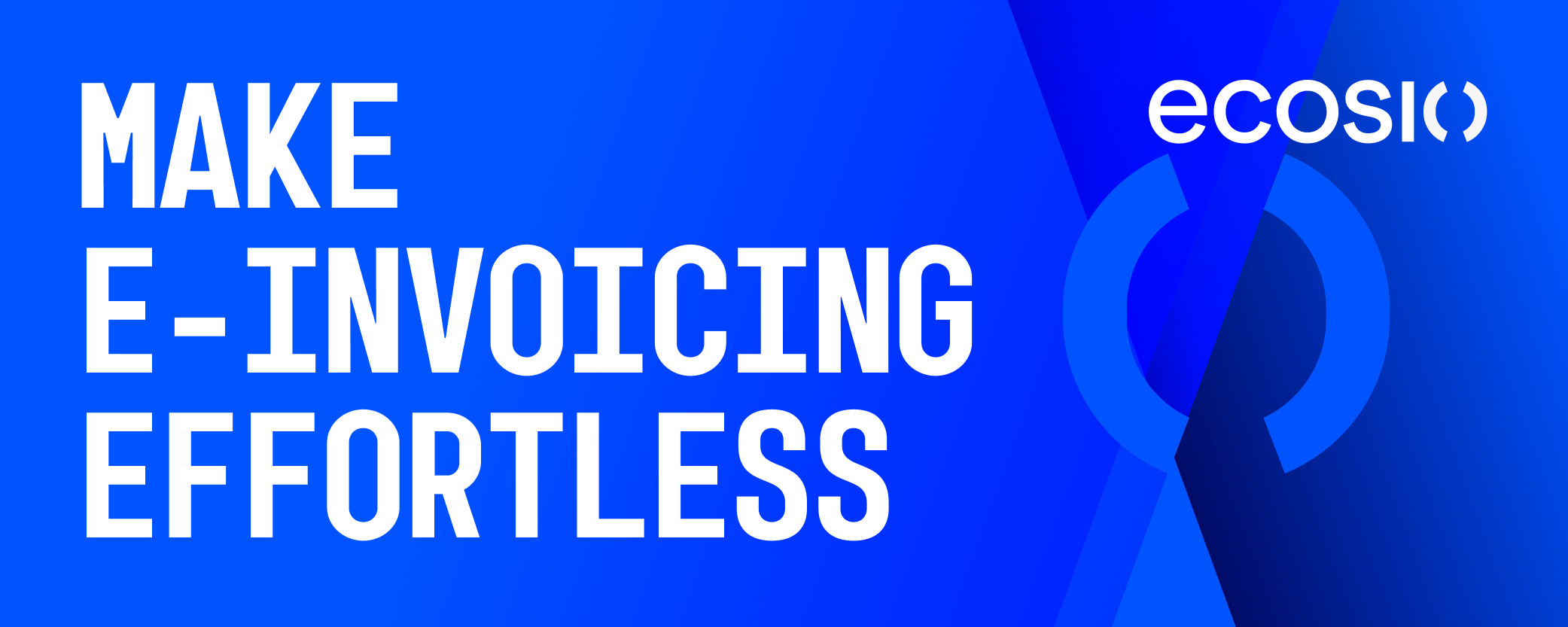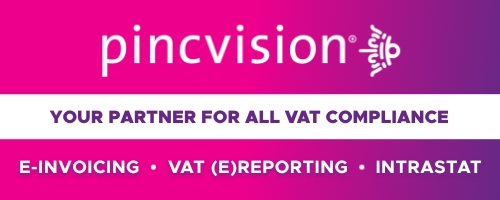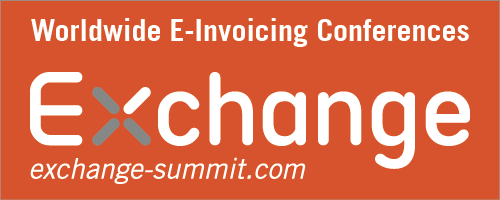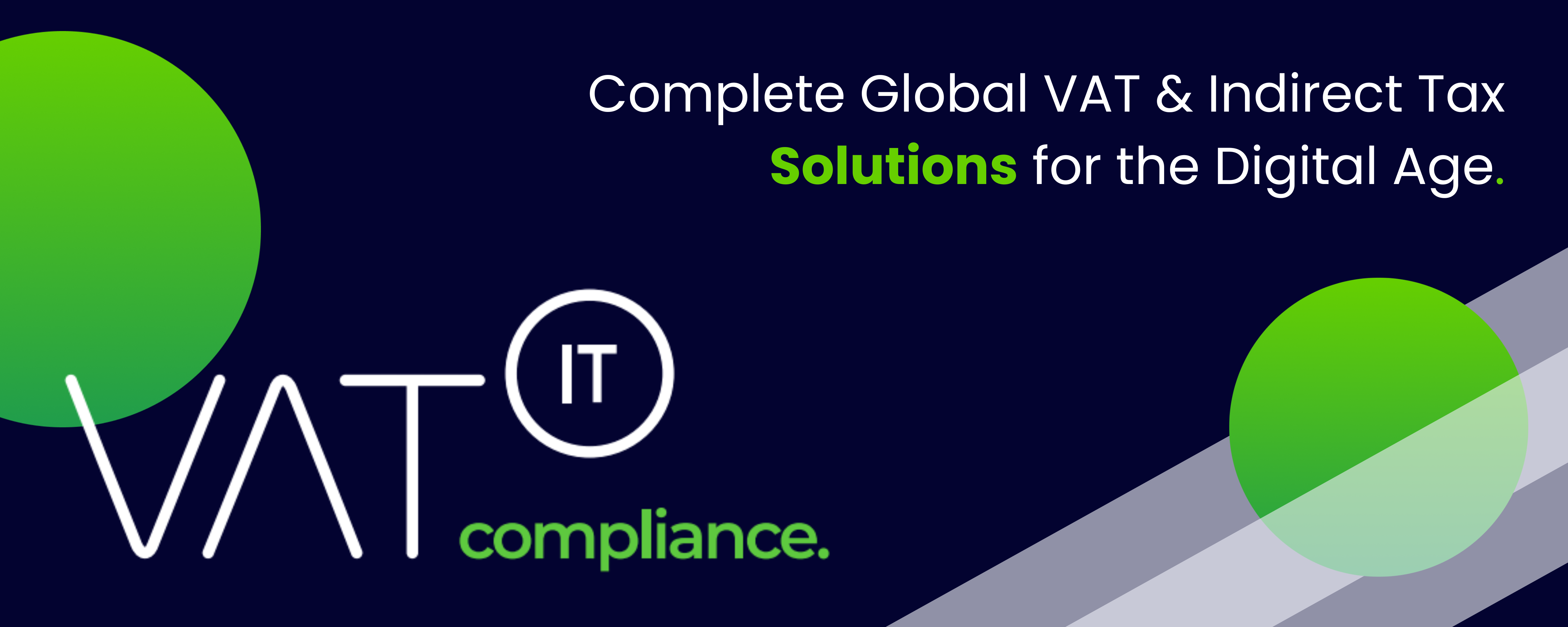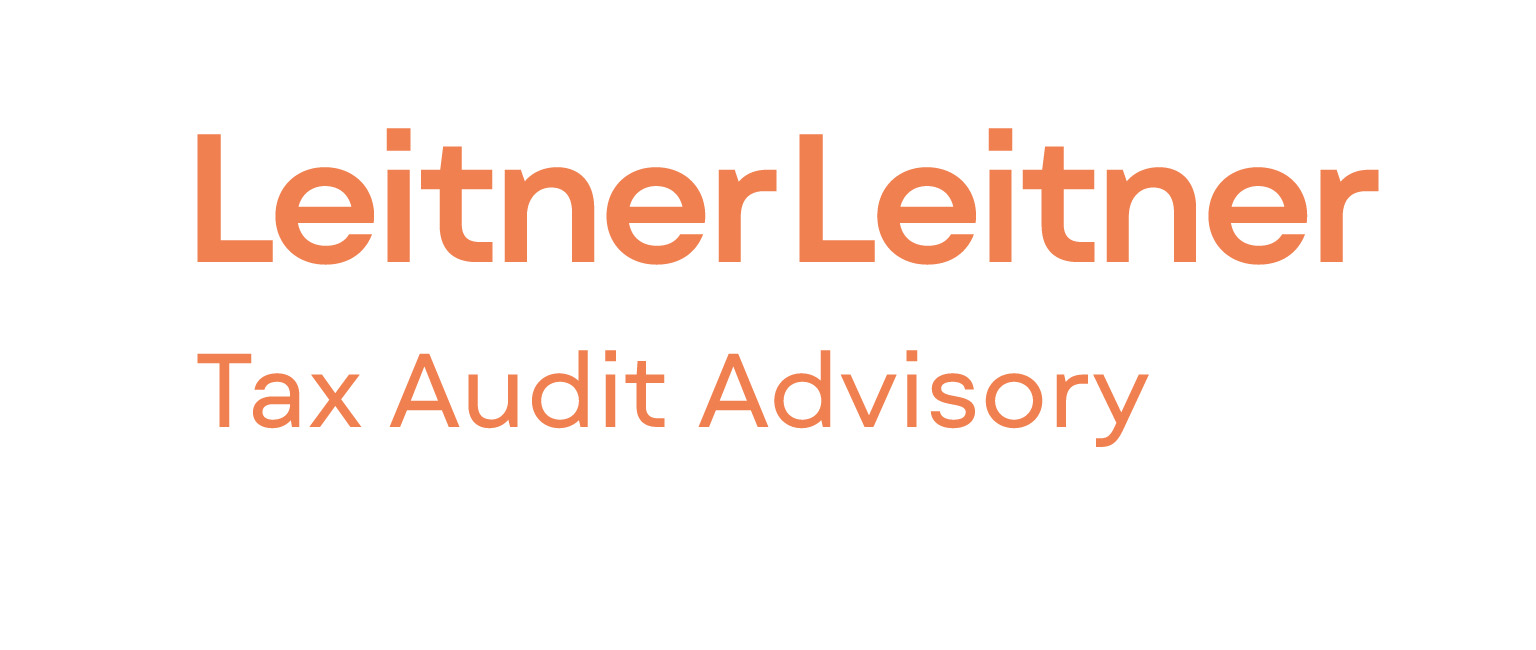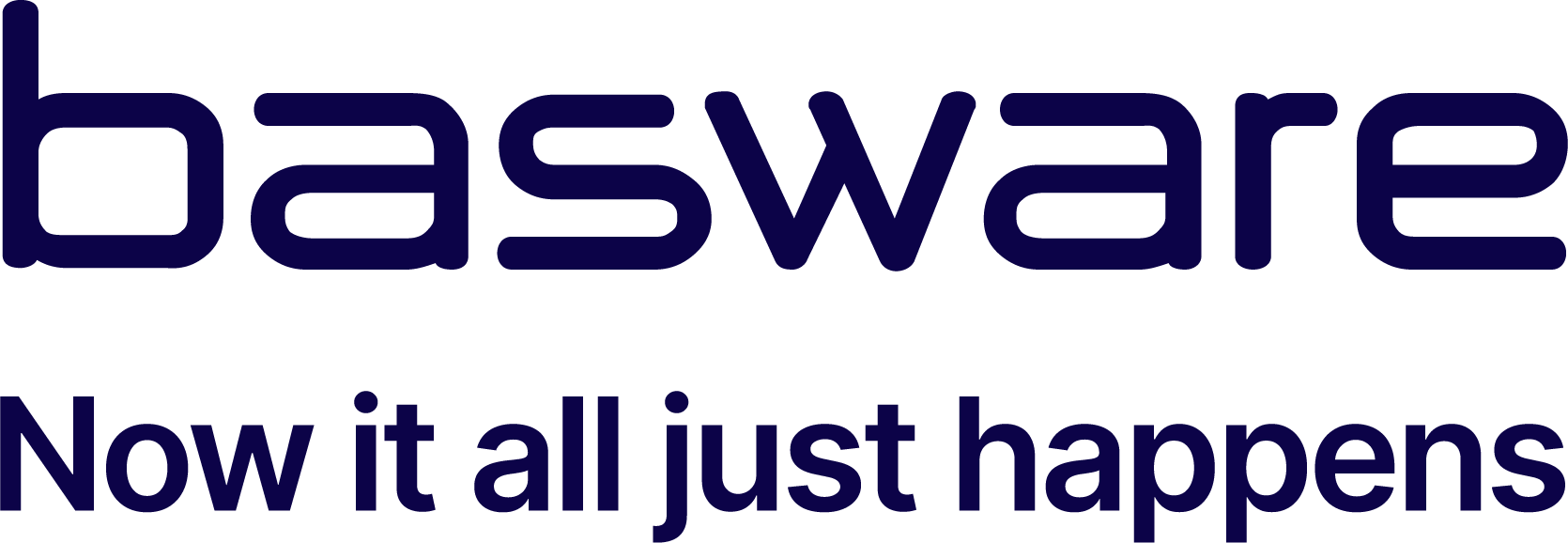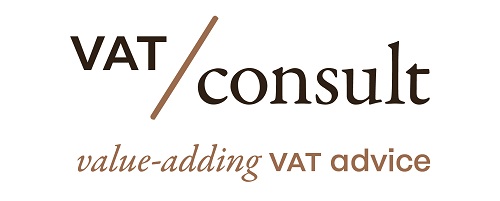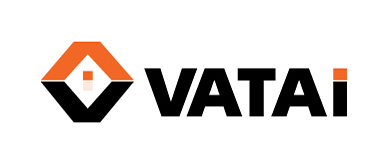Latest Posts in "European Union"
- EU Publishes VAT Digital Age Implementation Strategy for Businesses and Member States
- Luxembourg VAT on Directors’ Fees: Impact of CJEU C-288/22 Ruling and District Court Decision
- Arcomet Case: CJEU Rules Transfer Pricing Adjustments Can Trigger VAT Obligations
- VAT Treatment of Transfer Pricing Adjustments: ECJ Ruling on Arcomet Towercranes
- VAT Treatment of Loyalty Points: Discounts vs Vouchers After ECJ Case



